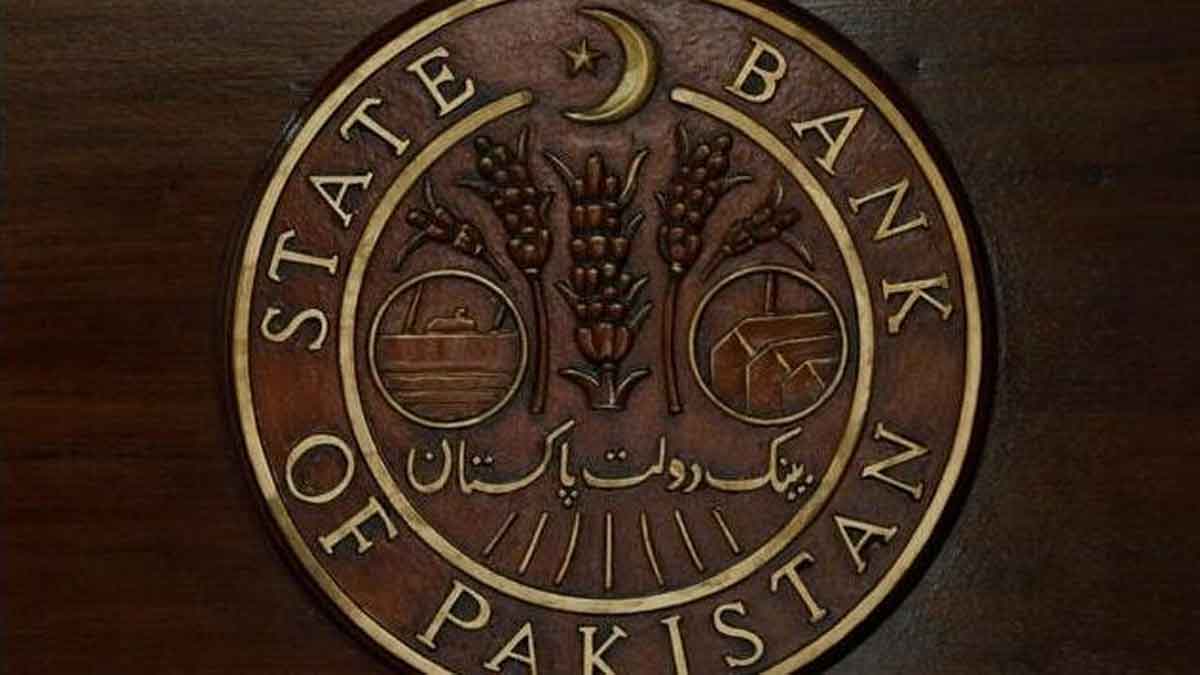On Monday, the State Bank of Pakistan (SBP) made the decision to maintain its base interest rate at 15% for the following seven weeks.
The central bank stated in a thread shared on Twitter that “the committee was of the view that based on currently available information, the existing monetary policy stance strikes an adequate balance between managing inflation and preserving growth in the wake of the floods.”
The Monetary Policy Committee (MPC) met for the first time today, following the appointment of SBP Governor Jameel Ahmad and Finance Minister Ishaq Dar.
Dar’s old recipe for managing a controlled economy, in which he would want to have a lenient monetary policy, guided his decision to retain the current system.
Between September 2021 and July 2022, a total of 800 basis points were added to the SBP rate, bringing it to 15%.
The two main tools available to central banks throughout the world to control inflation readings and guide the economic trajectory in their individual countries are the interest rate and flexible rupee-dollar parity.
According to a statement from the central bank, the MPC noticed a slowdown in economic activity since their last meeting on August 22, along with a decrease in headline inflation and the current account deficit.
Additionally, it stated that a more thorough analysis of the effects of the recent floods, which have changed the macroeconomic outlook, is currently underway.
The monetary policy committee has taken note of significant changes since its previous meeting, including:
- The targeted economic activity moderation has become more pronounced and entrenched, indicating that the tightening measures put in place over the previous year are taking hold.
- Headline inflation declined last month as a result of an administrative reduction in electricity rates after reaching its anticipated peak in August. Core inflation, though, kept moving higher.
- In August and September, the current account and trade deficits dramatically decreased, and the rupee somewhat recovered its losses.
- The continuing IMF program’s combined 7th and 8th review was successfully finished on August 29. A tranche of $1.2 billion was then released.
Read more: State Bank sets interest rate at 15% to tame 13-year high inflation
Post-Flood Macroeconomic Outlook
The committee examined the post-flood macroeconomic outlook, according to the central bank, adding that predictions are still tentative and will become clearer after the government’s flood damage assessment is completed.
Based on currently available information:
- Higher food prices could push average headline inflation in FY23 slightly above the pre-flood projection of 18-20%.
- The impact on the current account deficit is likely to be muted, with pressures from higher food and cotton imports and lower textile exports.
- GDP growth could fall to around 2% in the fiscal year 2022–23, compared to the previous forecast of 3-4% before the floods.





















